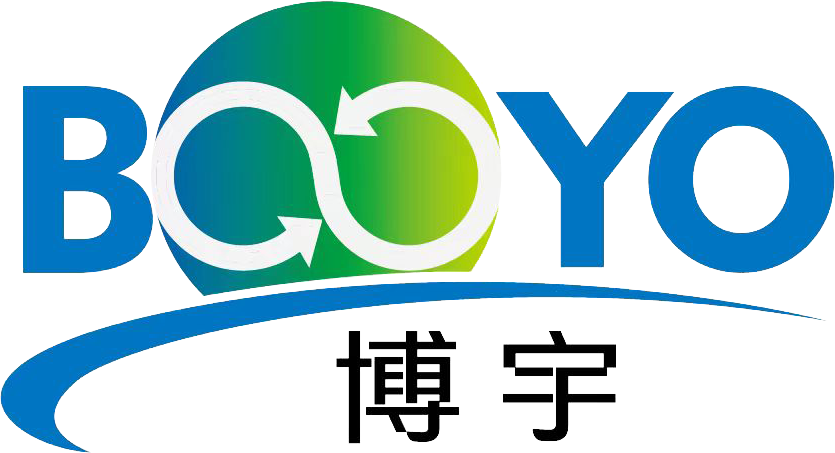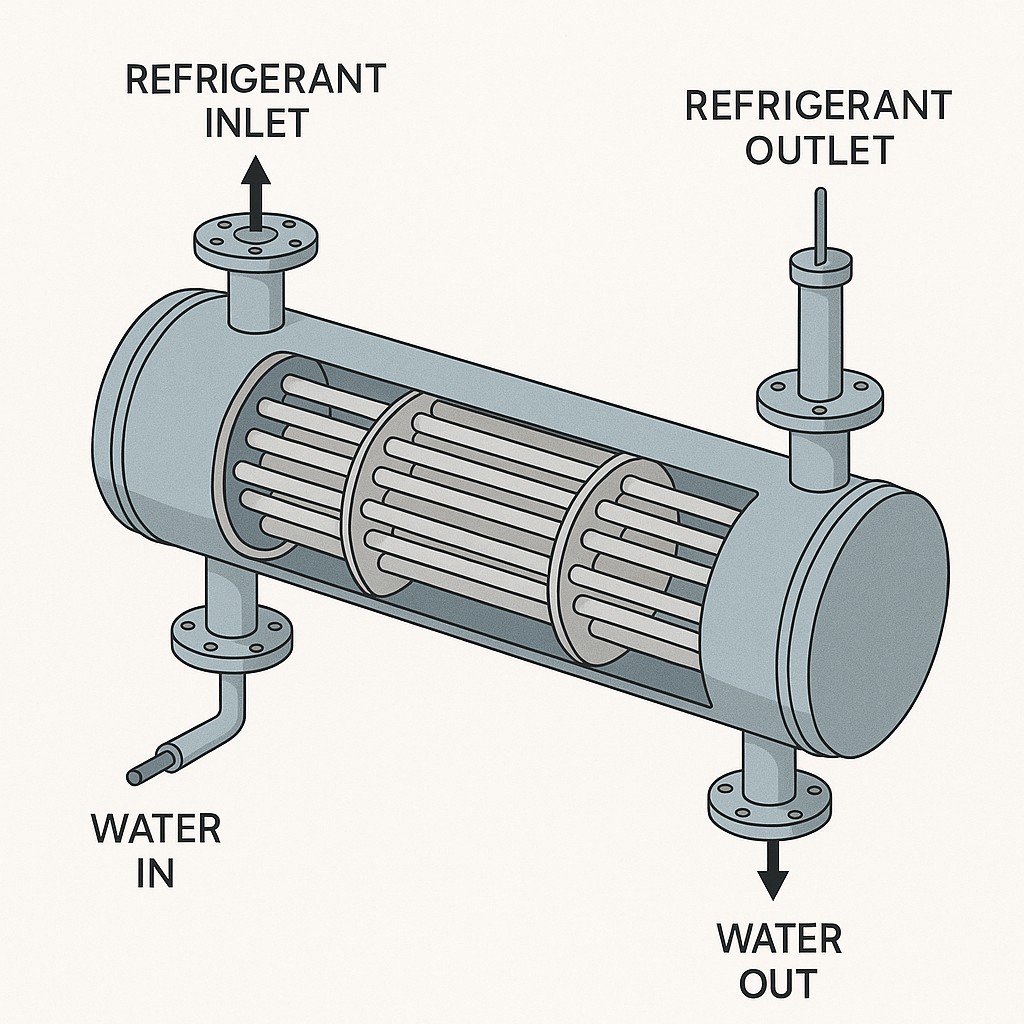
Our News
Find out about our latest news here.
Latest News
- ▶ High-Efficiency Surface Condenser Solutions:
- ▶ Health, Safety and Environment (HSE) Policy
- ▶ Conflict-of-Interest Policy
- ▶ Can a Welded Spiral Heat Exchanger Solve Fouling and Blockage Problems?
- ▶ Anti-Bribery and Corruption (ABC) Compliance Policy
- ▶ The Critical Role and Application of Heat Exchangers in the Natural Gas Treating Process
Message

Introduction
A shell and tube evaporator is one of the most widely used types of evaporators in industrial refrigeration, chemical processes, power plants, and HVAC systems. It enables efficient heat transfer between two fluids—typically refrigerant and water—allowing the refrigerant to absorb heat and evaporate. Thanks to its reliable design, strong pressure resistance, and stable operation, the shell and tube evaporator has become the backbone of many industrial cooling systems and chiller plants.
Structure of a Shell and Tube Evaporator
A shell and tube evaporator is mainly composed of the following parts:
Shell – The cylindrical body that houses the tube bundle and provides flow space for the shell-side fluid (usually water).
Tube Bundle – A set of parallel heat transfer tubes where the refrigerant flows and evaporates. Common materials include copper tubes, stainless steel, and titanium.
Front and Rear Headers – Located at both ends of the shell, they distribute and collect the refrigerant flowing inside the tubes.
Tube Sheets – Plates that fix both ends of the tubes and ensure a tight separation between shell-side and tube-side fluids.
Baffles – Plates installed inside the shell to guide the water in a zig-zag path, increasing turbulence and enhancing heat transfer efficiency.
Supports and Nozzles – Structural supports and inlet/outlet nozzles for stable operation and external piping connection.
Working Principle
The shell and tube evaporator operates based on indirect heat exchange:
Tube-side (Refrigerant): Low-pressure liquid refrigerant enters the front header and flows through the tubes. As it absorbs heat from the shell-side fluid, it gradually vaporizes and leaves the rear header as refrigerant vapor.
Shell-side (Water or Process Fluid): Cooling water or process liquid enters the shell, flows across the baffles in a zig-zag pattern, and transfers its heat to the refrigerant inside the tubes. After losing heat, the water exits at a lower temperature.
Heat Transfer Process: The heat from the shell-side medium is transferred through the tube walls to the refrigerant, enabling efficient evaporation. Typically, a counterflow arrangement is used to maximize the temperature difference and improve the overall heat transfer coefficient.
Key Features and Advantages
High Heat Transfer Efficiency – The baffle design enhances turbulence on the shell side, improving the heat transfer rate.
Robust and Reliable – Strong mechanical structure ensures safe operation under high temperature and pressure conditions.
Flexible Design – Tube length, diameter, materials, and shell size can be customized according to industrial requirements.
Easy Maintenance – Straight-tube design allows convenient cleaning and inspection, especially when water quality is poor.
Wide Application Range – Suitable for refrigeration, HVAC chillers, chemical process cooling, and industrial power plants.
Long Service Life – With proper material selection (copper, stainless steel, or titanium), it provides excellent durability and corrosion resistance.
Applications
HVAC and Chiller Systems: Widely used as water-cooled evaporators in central air conditioning and large chiller plants.
Chemical and Petrochemical Industry: For cooling and evaporating process fluids.
Power and Metallurgy: For waste heat recovery and cooling water circulation.
Food and Pharmaceutical Industry: Applied in low-temperature cooling, evaporation, and concentration processes.
Seawater Desalination and Marine Engineering: Using titanium tubes for corrosion resistance in harsh environments.
Comparison with Other Types of Evaporators
Versus Plate Evaporator
Plate evaporators are compact and efficient but have limited pressure resistance and are harder to clean.
Shell and tube evaporators are larger but more durable, easier to maintain, and suitable for heavy-duty applications.
Versus Dry Expansion Evaporator
Dry expansion evaporators require less refrigerant charge and are suitable for small to medium systems.
Shell and tube evaporators (often flooded type) allow uniform refrigerant distribution, achieving higher efficiency.
Versus Air-Cooled Evaporator
Air-cooled evaporators rely on air flow, with lower efficiency and strong dependence on ambient temperature.
Shell and tube evaporators use water as the cooling medium, ensuring higher efficiency and stable operation.
Versus Coil Evaporator
Coil evaporators are simple and used in small refrigeration units.
Shell and tube evaporators are designed for large-scale industrial cooling systems and continuous heavy-duty operations.
Conclusion
The shell and tube evaporator remains a preferred solution for industrial chillers, refrigeration plants, HVAC systems, and process cooling thanks to its reliable structure, high efficiency, and adaptability. Whether in chemical plants, food processing, power generation, or central air conditioning, it plays a crucial role in ensuring efficient and stable cooling performance.
PROFESSIONAL CONSULTATION
If you are interested in our products and want to know more details, please leave a message here, we will reply you as soon as we can.